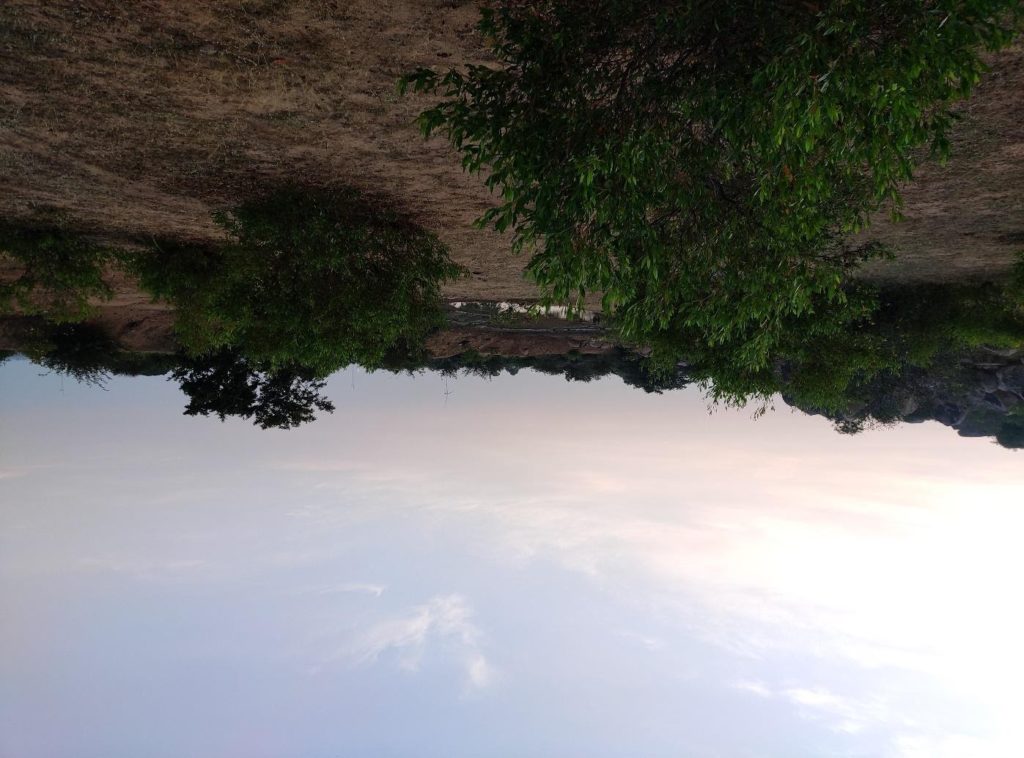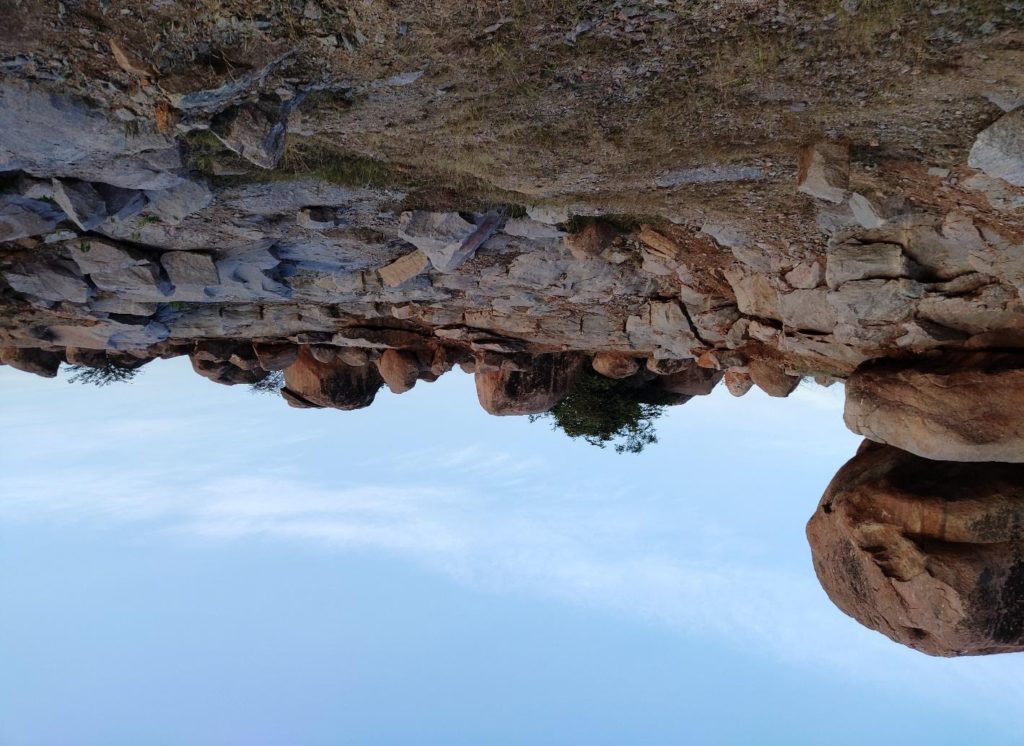Meera Bhardwaj
An armload of golden fur – the beautiful and furry Jungle Cats with snowy whiskers have fascinated humans for long. And a sight of these medium-sized wild cats in its varied habitat has sent many lensmen into a tizzy to capture them for posterity. They happily co-exist with the wily Bengal foxes in the central Deccan Plateau landscape of Koppal district in Karnataka, India. A visit to the denning in this stark rocky outpost amidst farmlands is a revelation of the rich biodiversity of this region.

Although their habitat too is vanishing, the adorable critters stalk rocky terrains, wetlands, grasslands, swamps and shrubs. This is the largest of the extant Felis species. Sometimes, they resemble a lynx as they have long legs, short tail and ears with tufts.
ALL PHOTO CREDITS: SADIK KNK
Not have a Cat in hell’s chance
The Jungle Cats inhabit the rocky habitat of Deccan Plateau and one can see them stalking their prey, says Sadik Knk, wildlife photographer and naturalist who has been studying this species for the last few years. “It was during January-February last that a group of Jungle Cats were observed for more than a month. And early morning and sometimes late evening, they were found in dens amidst open grounds where farmers were busy with their jowar crops. They are solitary in nature and feed on lizards, rats, small insects and birds.”
Look what the Cat dragged in
Females are smaller and lighter than the males. Although some melanistic ones have been observed in the Indian subcontinent, the Jungle Cats are uniformly colored with its coat sandy, reddish brown or grey. Dark tipped hairs all over the body gives it a speckled appearance. Faint markings of rings are visible on all the legs and even the black tipped tail.
A Cat may look at a King
Some were seen inside dens especially breeding females, he added. They sometimes dig into soft rocky structures and make a cave like dwelling for breeding purposes. Breeding females usually avoid males as many males kill young ones in territorial fights. A young one was also seen on the rocky outgrowths basking in the sunshine during a cold morning.
A Cat has nine lives
Walking a lot, the Jungle Cat hunts throughout the day and eats a variety of species ranging from insects to reptiles to small mammals. According to a field study in India, a jungle cat is estimated to catch 3- 5 rodents per day. Further, they were observed scavenging on kills of large predators.
With the help of its acute hearing and sharp ears, it stalks its prey. It is omnivorous as it also feeds on fruits during cold season. It is known to grab fishes from water bodies as it is an expert swimmer.
No room to Swing a Cat
Resting in bushes or behind shrubs, it usually takes rest during hot and sunny afternoons. Solitary by nature, it is only during mating that one can find them in groups.
Just like the big cats, even this cat marks its territory by spraying of urine and scent marking. One can see noisy fights during the mating season as males fight for females which usually raise two litters every year.
Who is She, the Cat’s Mother?
Living and inhabiting the undulating lands in the Deccan Plateau, the Jungle Cats thrive and is listed in appendix-2 of CITES, however, wildlife activists report less sightings due to disturbance to their habitats. If you think your domestic cats are similar, then think twice as Jungle Cats are large as well as slender.
Although they have patchy distribution from Africa to India to southern China, the felids (Felis chaus) prefer areas that have wetlands, vegetation and protection like caves, dens, etc. Therefore, they are known as reed or swamp cats. But it can thrive in areas with sparse vegetation. Although they are not endangered but their population is in decline in these countries.
Has the Cat got your tongue?

Jungle Cats have been found using abandoned burrows of other carnivores like foxes and badgers as den sites. They are active by day and by night, so therefore, are often spotted amidst human settlements and denning in old buildings. In India, the stark Deccan Plateau remains the perfect albeit a safe (but unprotected) haven for them as they have lived in the midst of farmers for centuries.

